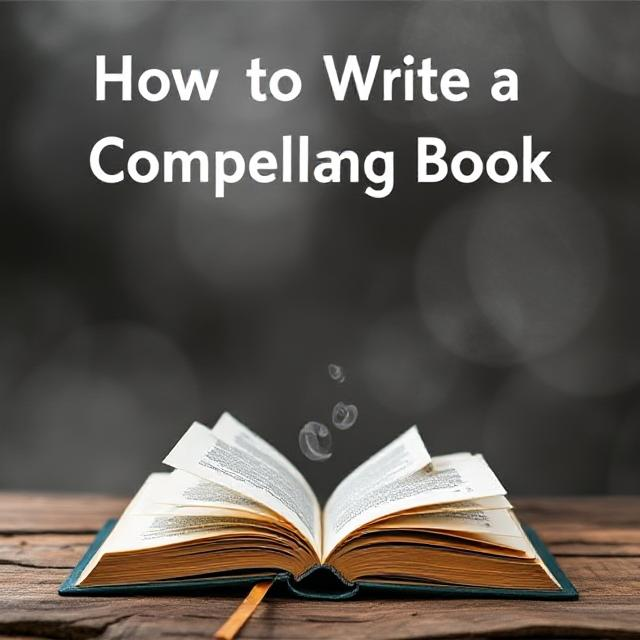
A book’s introduction serves as the gateway to your content. It is the first impression that determines whether readers will continue turning pages or put the book down. A well-crafted introduction captivates the reader, sets the tone, and clarifies the book’s purpose. Here’s how you can write a compelling book introduction that draws readers in and keeps them engaged.
1. Start with a Hook
The opening lines of your introduction should immediately grab the reader’s attention. A strong hook can take several forms:
- A compelling story: A short anecdote relevant to the book’s theme draws readers in emotionally.
- A thought-provoking question: Asking a question that challenges the reader’s thinking encourages them to seek answers in the book.
- A surprising fact or statistic: Presenting an unexpected or shocking fact makes the reader eager to learn more.
- A bold statement: A controversial or powerful statement piques curiosity.
2. Establish Relevance
After capturing attention, explain why your book is important. Clearly define the problem or topic your book addresses and how it relates to the reader’s life, interests, or concerns. Readers want to know why they should invest their time in your book.
3. Introduce the Book’s Purpose
What will the reader gain from reading your book? Whether it’s knowledge, entertainment, inspiration, or practical solutions, clarify the book’s objective. This sets expectations and provides a reason for readers to keep going.
4. Highlight Your Authority
To establish credibility, briefly introduce yourself and explain why you’re qualified to write on this topic. This could be through personal experiences, professional expertise, or extensive research. However, avoid overloading this section with excessive credentials—keep it concise and relevant.
5. Provide a Brief Overview of the Book
Give readers a roadmap of what they can expect without giving too much away. Highlight key themes or chapters so readers understand the book’s structure. This helps them gauge what they will learn and creates anticipation.
6. Set the Tone and Style
Your introduction should reflect the tone of the book—whether it’s academic, conversational, humorous, or inspiring. Consistency in tone reassures the reader that the rest of the book will align with their expectations.
7. End with a Call to Action
Encourage readers to dive into the book by leaving them with an intriguing question, a challenge, or an invitation to explore further. A compelling conclusion to your introduction reinforces the reader’s decision to continue reading.
Common Mistakes to Avoid in a Book Introduction
- Being too lengthy: An introduction should be engaging but concise. Aim for a few pages, not an entire chapter.
- Overloading with background information: Stick to what’s necessary and avoid overwhelming readers with excessive details.
- Using overly complex language: Keep your writing clear and accessible.
- Not addressing the reader’s needs: Ensure your introduction speaks directly to your audience and their interests.
Writing a compelling book introduction is essential for drawing readers into your work. By crafting an engaging hook, establishing relevance, highlighting your expertise, and setting expectations, you can create an introduction that keeps readers eager to turn the page. Keep it concise, engaging, and reader-focused, and you’ll set the stage for a successful book.

